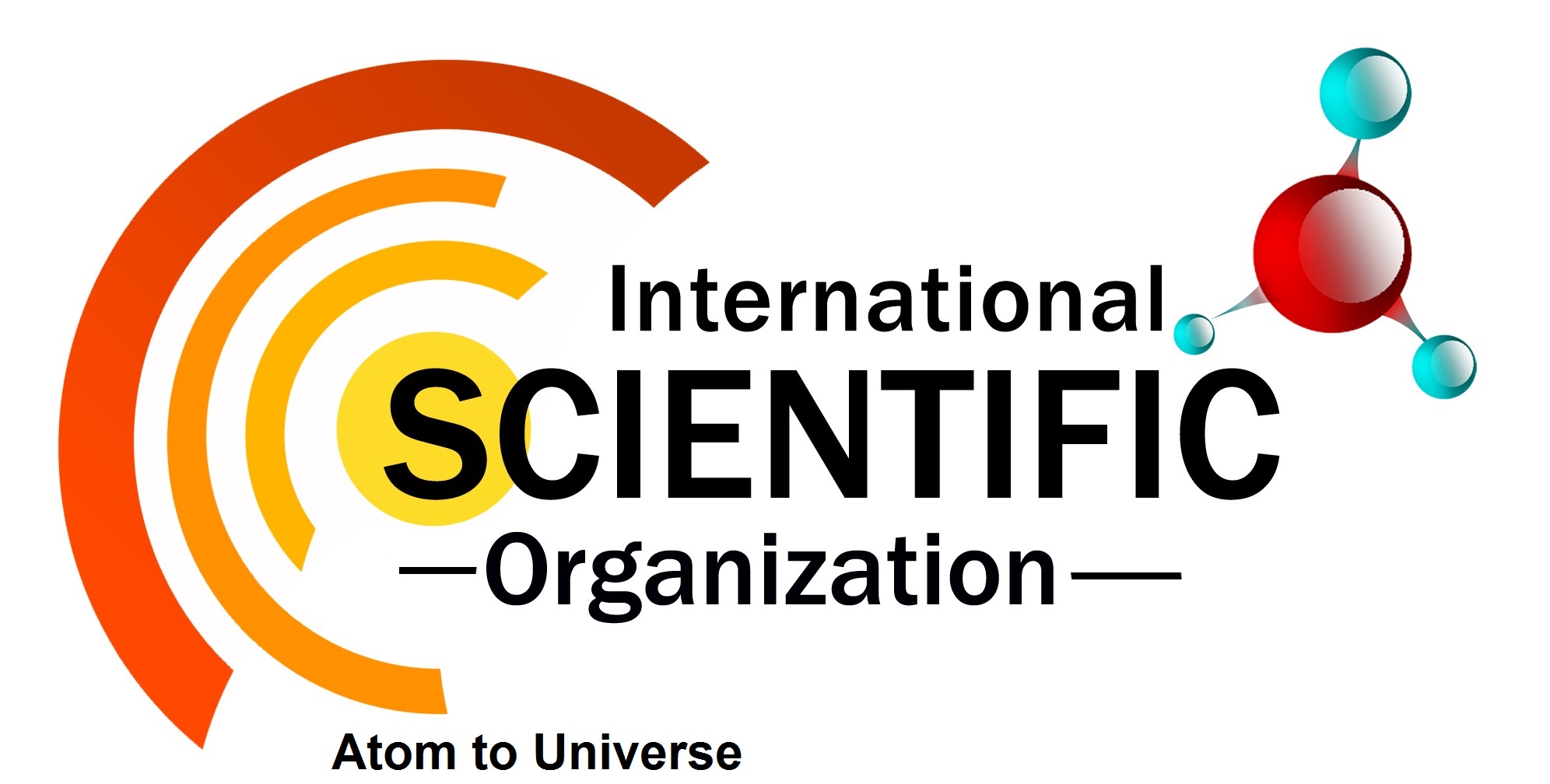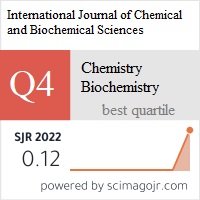International Journal of Chemical and Biochemical Sciences (ISSN 2226-9614)[/vc_column_text][/vc_column][/vc_row]
VOLUME 25(19) (2024)
Development and characterization of butterfly pea (Clitoria ternatea L.) flower juice from spray dried powder
Rejean Marie F. Darroca1,2, Marilou J. Ang Lopez1, Nguyen Minh Thuy2,*, Tran Ngoc Giau2, Hong Van Hao2, Ngo Van Tai3
1School of Technology, University of the Philippines Visayas, Miagao, Iloilo 5083, Philippines
2Department of Food Technology, Institute of Food and Biotechnology, Can Tho University, Can Tho, Vietnam
3School of Food Industry, King Mongkut’s Institute of Technology Ladkrabang, Bangkok, Thailand
Abstract
This study intended to use Butterfly pea (Clitoria ternatea L.) double petaloid in producing a powder used in formulating a stable, nutritious and antioxidant rich juice. The butterfly pea powder (BPP) was produced through spray drying and it had a recovery of 87.8%. The antioxidant activity of BPP ranged from 52.1 to 61.9% and its anthocyanin content was 24.0 mg/L. The physico-chemical analysis of the BPP obtained a mean pH of 4.86, %TSS value of 29.2% and mean %TA of 0.023%. The proximate composition of BPP was 0.08% moisture content, 0.004% crude fat, 0.003% crude protein, 0.83% crude fiber, 0.58% crude ash and a total of 98.5% carbohydrates. Three formulations were used in the production of Butterfly pea juice (BPJ) with varying BPP content as follows: 0.01 g BPP/ml (BPJT1), 0.02 g BPP/ml (BPJT2) and 0.03 g/ml of water (BPJT3). The constant amounts of calamansi (Citrofortunella microcarpa) and sugar were used for all three formulations. It was observed that BPJT3 is the most preferred formulation. Kramer’s test performed at the 5% level of significance showed a significant difference between the BPJ treatments. As for the overall acceptability of the three formulations, BPJT1 and BPJT2 were “liked moderately” while BPJT3 was “liked much”. The Kruskal-Wallis test at α=0.05 showed no significant difference between the general acceptability of the formulas with a P-value of 0.099. The antioxidant activity of BPJ ranged from 46.4% to 50.1% and its anthocyanin content was 18.6 mg/L. The physicochemical analysis of butterfly pea juice (BPJ) obtained an average pH of 2.95, a %TSS value of 10.4% and a mean %TA of 0.029%.
Keywords: foam-mat drying, foaming agents, drying temperatures, chemico-physical properties, optimization
Full length article – PDF *Corresponding Author, e-mail: nmthuy@ctu.edu.vn Doi # https://doi.org/10.62877/41-IJCBS-24-25-19-41
International Scientific Organization- Atom to Universe
Journals
- International Scientific Organization
- International Journal of Chemical and Biochemical Sciences (IJCBS)
- Volume 27 (2025)
- Volume 26 (2024)
- Volume 25 (2024)
- Volume 24 (2023)
- Volume 23 (2023)
- Volume 22 (2022)
- Volume 21 (2022)
- Volume 20 (2021)
- Volume 19 (2021)
- Volume 18 (2020)
- Volume 17 (2020)
- Volume 16 (2019)
- Volume 15 (2019)
- Volume 10 (2016)
- Volume 14 (2018)
- Volume 13 (2018)
- Volume 12 (2017)
- Volume 11 (2017)
- Volume 9 (2016)
- Volume 8 (2015)
- Volume 7 (2015)
- Volume 6 (2014)
- Volume 5 (2014)
- Volume 4 (2013)
- Volume 3 (2013)
- Volume 2 (2012)
- Volume 1 (2012)
- Store
- Cart
- Account


